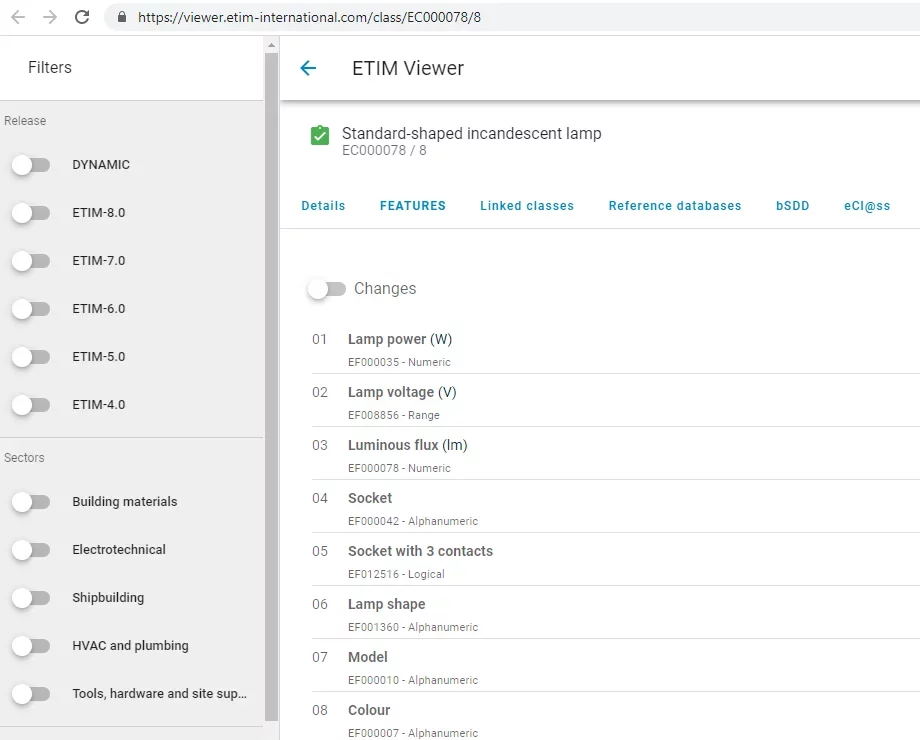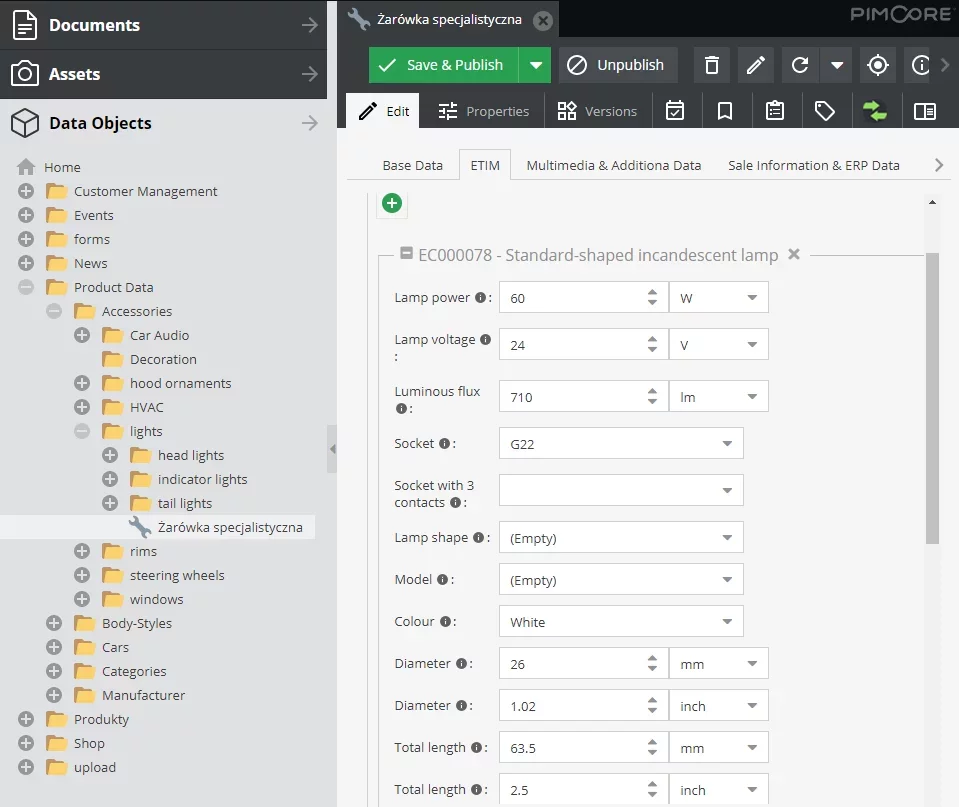Cost of purchasing/implementing/renting/configuring the IT system
Cost of product description according to ETIM (descriptions, prices, packaging, images, ordering information, etc. - mandatory fields according to "ETIM Guidelines")
Cost of maintaining product data at a high level (variability of assortment, ETIM versions, "ETIM Guidelines" versions, etc.).
ETIM is a product classification system for structuring product data. By using ETIM classification, product data has a defined structure that can be transferred to other systems, providing consistent product data across all distribution channels.
ETIM is the oldest classification, whose popularization has greatly accelerated with the popularization of omnichannel strategies. Many companies have realized the need to structure data to provide the same information and shopping experience across channels. In technological terms, ETIM classification is a data model at the source location that feeds, for example, pdf catalogs and brochures in a stationary store, an online catalog, an online store, or products displayed on a marketplace. A classifier needs a tool: created specifically for it or configured for it, that also meets other business needs, e.g. a PIM or MDM system.


